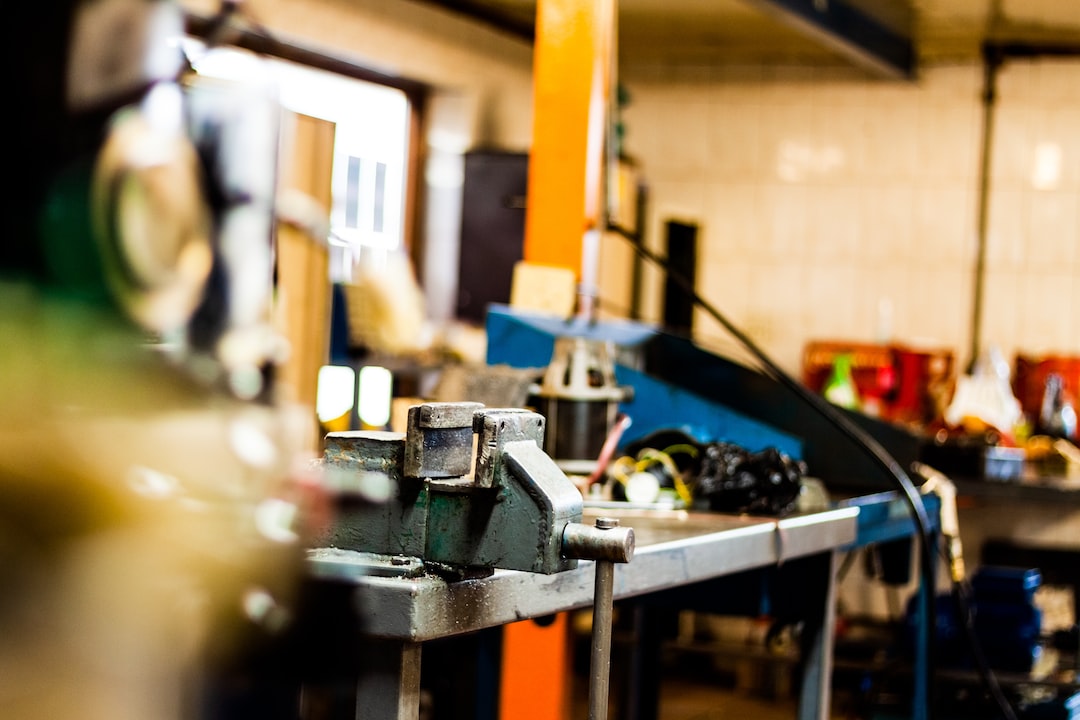The Future of 3D Printing in Manufacturing
Technology has come a long way in revolutionizing various industries. One such innovation that has caught the attention of manufacturers around the world is 3D printing. This groundbreaking technology has the potential to completely change the traditional manufacturing processes, making it faster, cost-effective, and more efficient. As we look ahead, it is clear that the future of 3D printing in manufacturing is filled with endless possibilities.
One of the major advantages of 3D printing in manufacturing is the ability to create complex and intricate designs that were not feasible with traditional methods. This enables manufacturers to produce products with unique shapes and features, leading to improved functionality and performance. For example, in aerospace manufacturing, 3D printing has allowed engineers to create lightweight components with complex internal structures, resulting in fuel-efficient aircraft.
Moreover, 3D printing eliminates the need for assembly lines and excessive manual labor. With 3D printing, products can be produced in one go, reducing the number of steps and time required in traditional manufacturing. This means faster production times and quicker turnaround for manufacturers. Additionally, the streamlined production process also reduces the likelihood of human errors, resulting in higher-quality products.
Another key advantage of 3D printing is the ability to produce products on-demand and in small quantities. In traditional manufacturing, it is often challenging to meet the demand for customized or niche products since setting up production lines for small batches can be costly. However, with 3D printing, manufacturers can easily produce customized products without incurring heavy setup costs. This opens up opportunities for mass customization, where consumers can order products tailored to their specific needs and preferences.
Furthermore, 3D printing has the potential to reduce waste and promote sustainability. Traditional manufacturing processes often result in significant material wastage due to the need for subtractive manufacturing techniques. With 3D printing, materials are added layer by layer, resulting in minimal waste generation. Additionally, manufacturers can recycle and reuse materials, further reducing environmental impact.
Looking into the future, the advancements in 3D printing technologies will continue to push the boundaries of what is possible. Researchers are exploring the use of different materials, such as metals, ceramics, and biomaterials, to expand the applications of 3D printing. This opens up opportunities for manufacturing complex medical implants, building customized prosthetics, and even printing human organs, significantly improving medical treatments and patient outcomes.
Furthermore, 3D printers are becoming more affordable and accessible, making it easier for smaller businesses and entrepreneurs to adopt this technology. As 3D printers become commonplace, we can expect to see a shift towards localized production, where products are manufactured on-site or on-demand, reducing transportation costs and carbon emissions associated with global supply chains.
However, there are still challenges to overcome before 3D printing becomes mainstream in manufacturing. One major hurdle is the speed of production. Currently, 3D printers are not as fast as traditional manufacturing processes, making it difficult to mass-produce products at a competitive pace. Researchers are actively working on improving the speed and efficiency of 3D printers, which will undoubtedly accelerate the adoption of this technology.
In conclusion, the future of 3D printing in manufacturing looks incredibly promising. From complex designs and customization to faster production times and reduced waste, this technology presents numerous advantages for manufacturers. As research and development continue to advance the capabilities of 3D printing, we can expect to see this technology revolutionize the manufacturing industry, bringing forth a new era of innovation and sustainability.

